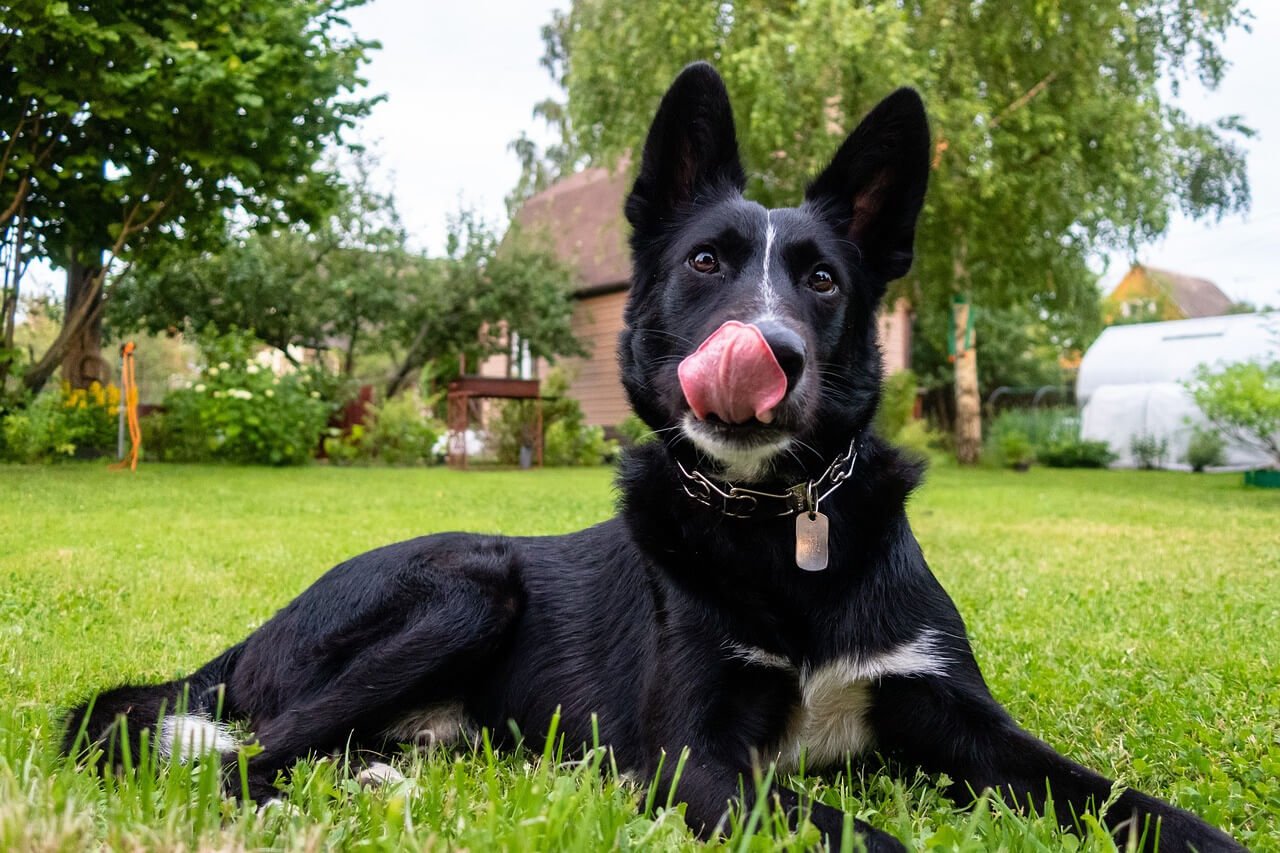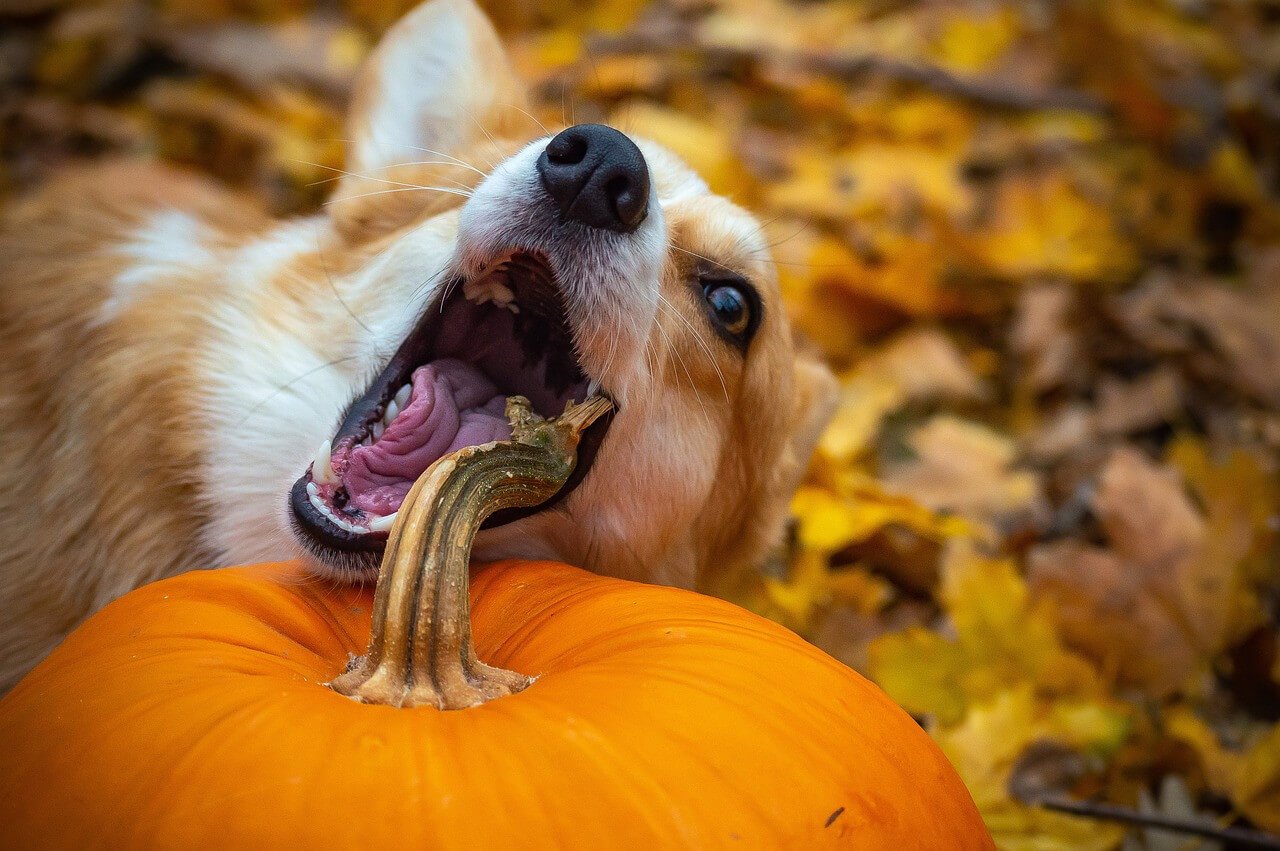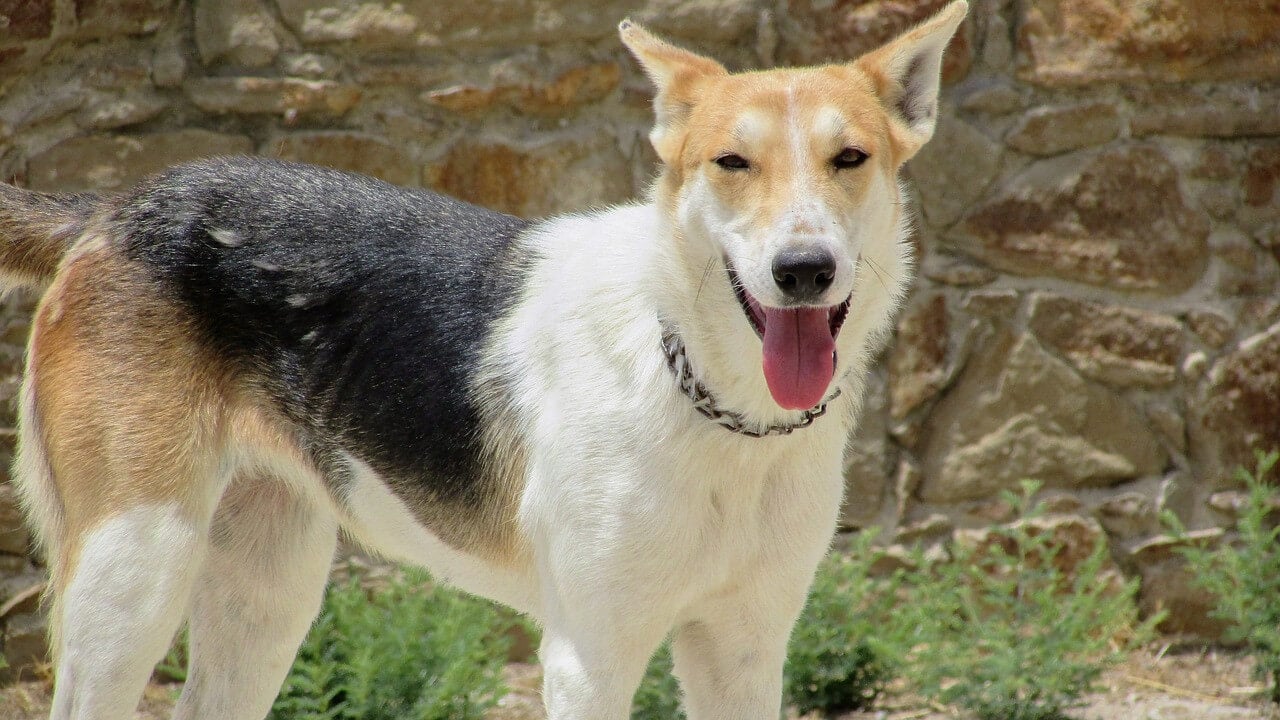Have you ever wondered what your dog is thinking when you gaze them in the eyes? Or attempt to figure out what's making them so happy by watching how hard their tail wags? Our animal companions, like us, have their own language. They communicate, however, using an intriguing blend of gestures, postures, and attitudes rather than words. If we can master this language, this silent symphony of messages, our relationship with them may change radically.
As a result, you're in a good position if you want to get to know your canine partner, comprehend their unspoken emotions, and respond with empathy. Let us embark on this wonderful journey to better understand our dogs' quiet chats in order to enhance our ties with them.

Canine Communication Basics
Dogs are naturally social creatures. Since their days as pack animals, they've relied on clear communication to collaborate, prevent conflicts, and ensure the group's survival. Despite the fact that our modern pets have traded in the wild for our cozy couches, their fundamental need to communicate has not changed.
Many people dismiss a dog's movements as typical animal activity, but those in the know see that these actions have meaning. A simple tail wag does not always indicate contentment, and a growl does not always indicate hostility. Every action is driven by an emotion, a thought, or a necessity.
Canine language's richness is what makes it so beautiful. Dogs convey their emotions through facial expressions, body postures, and even vocalizations. Consider it a multifaceted symphony, with each instrument serving a significant purpose. And when all of these "instruments" come together, our canine pals send us a clear message.
While the majority of canine communication is natural, the language of our pets evolves as a result of their interactions with us. Yes, your dog is watching, learning, and even adjusting its cues in order to communicate with you more effectively. This continual dance of connection is what differentiates the human-dog bond.
Context's Role in Dog Body Language
Picture this: Your dog's tail is wagging as they approach another dog at the park. Now, imagine that same wagging tail while they're backed into a corner at the vet's office. Same gesture, entirely different contexts—and likely, different meanings. The surrounding environment, events leading up to the gesture, and even the presence of other beings can influence the nuances of what your dog is communicating.
Dogs aren’t just reacting to the here and now; they're also drawing from past experiences, current moods, and their unique personalities. Thus, a growl during playtime with a familiar furry friend could be worlds apart from a growl directed at a stranger approaching their food bowl.
Misinterpreting your dog’s signals based on a lack of context can lead to undesired consequences. For instance, assuming a wagging tail always signifies a happy dog can lead to unpleasant surprises, especially if the wag is more out of agitation or overstimulation. By being context-savvy, we reduce potential misunderstandings and ensure safer interactions for both dogs and humans.
Real-World Illustrations
Scenario A: Your dog yawns during a lazy afternoon nap. This likely indicates contentment or just a simple stretch.
Scenario B: Your dog yawns excessively at the vet, amidst the cacophony of unfamiliar animals and scents. This might be a sign of anxiety or stress, a way of coping with an overwhelming environment.
The Canine Context Checklist
To truly master the art of understanding canine body language, one needs to be a keen observer. Here are some pointers:
Assess the environment: What’s happening around your dog?
Consider history: Have recent events affected their behavior? For instance, a recent move, a change in household members, or even the weather can play a part.
Observe accompanying body signals: A raised hackle, exposed teeth, or even the position of their ears can give more depth to the primary signal.
Interpreting Your Dog's Body Language
As we learn more about our four-legged friends, it's important to remember that dogs communicate with their entire body. From the tip of their nose to the end of their tail, every part of them participates in this exquisite dance of emotion. Let's take a closer look at these individual components and the story they tell.
As Seen Through Their Eyes
Dogs' eyes are fascinating storytellers as well as windows into their souls.
Direct stare: Often indicates concentration or a challenge. If it's focused at you with gentle eyes and a relaxed body, it might be your pooch showing you affection.
Averted gaze: Your dog may be feeling uneasy or attempting to show submission.
Whale Eyes: This indicates stress or anxiety, especially if it is accompanied by stiffening of the body.
Listening and Speaking Ears
distinct breeds have distinct ear forms, but they all communicate with them.
Forward and Erect: Your dog is alert and attentive. They are absorbing everything in their surroundings.
Fear, anxiety, or acquiescence are all signs of being flattened against the head.
Relaxed and Neutral: They are relaxed and content, simply enjoying the moment.
Tales from the Tail
Contrary to popular opinion, a wagging tail does not always indicate a contented dog.
A high and stiff wag indicates that your dog is vigilant and may be feeling threatened or challenged.
Broad and Relaxed Wag: This is the pleasant wag we're all familiar with!
Underneath: Your dog is afraid or obedient.
Their Body Language
The way a dog positions its body can communicate a lot.
Relaxed Stance: Your dog is happy and pleased with their surroundings.
A stiffened body with raised hackles indicates that they are on high alert and may be feeling threatened.
Rolling Over to Expose Belly: This might be a subservient gesture or simply a request for belly rubs!
The Mouth: Smiling, Growling, and More
While vocalizations are important, even a dog's silent mouth movements can transmit emotions.
Open Mouth with Relaxed Jaw: Your puppy is content.
Exposed Teeth and Pulled Back Lips: They may be feeling threatened or aggressive.
Lip licking or yawning can indicate anxiousness or tension.
When you start seeing these signs together, you'll be astounded by the complex tapestry of emotions and messages your dog transmits on a regular basis. We not only ensure their well-being by tuning in to these, but we also create a deeper, more profound bond with our faithful friends. In the part that follows, we'll look at the complexity that arise when these signals interact, providing even more profound insights into our dog's world. Continue to be pawsitive and read!
Conclusion
In our adventure, with our beloved animal companions lets take a moment to cherish the unspoken connections, quiet conversations and untold tales we share. Grasping their communication helps us become more nurturing pet owners while also embracing the richness and diversity of the canine realm.
Cheers to more heartwarming moments joyful playtimes and the everlasting rhythm of connection and affection, with our loyal companions. Because in the end when words fail us genuine connection flourishes through emotions and shared understanding.
Reference:







